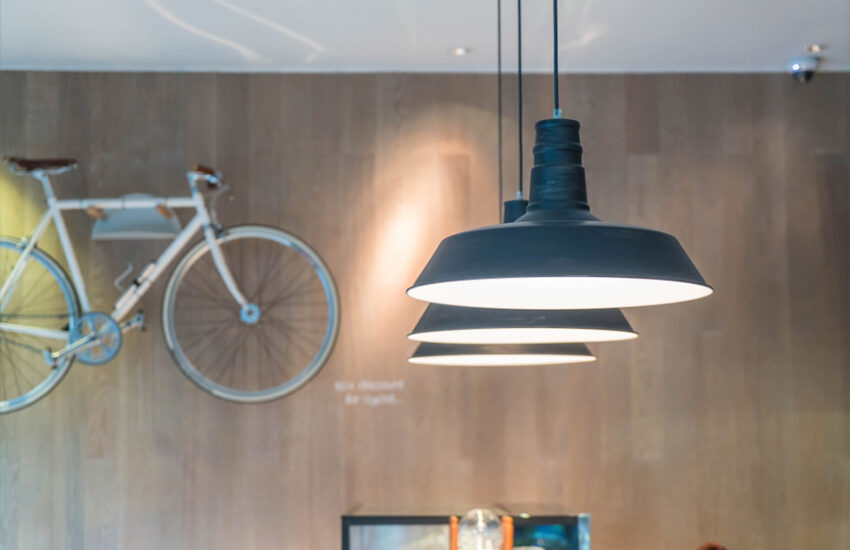The rental market is fiercely competitive in many areas. That’s why as a landlord, it’s essential to find creative ways to ensure your rental homes don’t have any vacancies. But you don’t have to look too far. For example, landscaping your gardens is a simple and creative method to make your house more appealing.
A desirable plot of land with lovely landscaping will boost the curb appeal of your property. It will also enable you to keep your rental price fair to maximize rental chances over the months. The good news is that you can also do landscaping on a budget.
This post will review the top three cost-effective strategies to landscape your rental property and maximize investment return. Also, because we value your time, we have chosen options that will require low maintenance and look excellent for many years.
Top 3 Low-Maintenance Landscaping Tips for Rental Properties
1. Hardscaping as a grass replacement
Using hardscaping features in your landscape is a fantastic, low-maintenance landscaping option. Removing plants and replacing them with a hard surface, such as a patio, seating area, walkway, or border, is known as hardscaping. Hardscaping is intended to reduce the amount of living plant surface area, which results in low-maintenance landscaping. Remember that maintaining a large lawn increases the cost and quantity of maintenance required. It would help if you discussed your landscaping plans with a knowledgeable property manager.
A patio is a terrific way to replace a significant portion of the yard. Still, consider constructing a path leading to a modest sitting area. Place a bench on top of a hardscape in the corner of the front or back yard to create a small oasis. It improves the curb appeal upfront. In addition, this seating area in the back creates a cozy and welcoming atmosphere in the yard.
Also, using stone or brick to encircle plants will create a barrier that will keep mulch or dirt in place. Bordered areas close to the house make it more difficult for burglars to get window access.
2. Inorganic Mulch
Investing in mulching is another technique to lessen the amount of grass you’ll need to deal with. Mulch regulates soil temperature in flower beds and around trees, keeping your lawn neat and healthy. In addition, mulch aids in weed control and holds onto moisture, which lowers the demand for fertilizer and water. Yet, only two mulch varieties are available: organic or inorganic.
Organic mulch is more affordable but draws termites, roaches, and other insects. Also, conducting a study before utilizing organic mulch is crucial because some types may be toxic to children or pets.
Mulch made of inorganic materials won’t decompose as quickly as organic materials and won’t need to be renewed. Even though the initial cost may be a little higher, it eventually pays for itself. As a result of being produced from recycled materials, it lasts longer. It is a fantastic way to protect the environment.
3. Low-Maintenance Grass
If you want to avoid constantly maintaining the lawn at your rental, choose a low-maintenance choice. Many types of grass need occasional watering and mowing. You can save time and money on lawn care by switching out the grass for a lower-maintenance choice, even if it is initially more expensive.
Low-maintenance grass seed options include no-mow grass seed mix and low-water grass seed. No-mow grass seed mixtures only need watering after they are planted, and then, depending on how tall you like your grass, you may only need to mow it once per month. In addition, you don’t need to rely on your tenants to water the lawn because low-water grass seeds only need a little water.
Dos and Don’ts of Landscaping in Rental Properties
1. Maintain a Simple, Low-Maintenance Yard
It will be simpler to manage less complicated landscaping. Landscapes that need little upkeep are more likely to be well-maintained. However, ensuring a property is in the best condition is a lot of work for homeowners.
A challenging landscape will place excessive demands on their time and increase the owner’s workload. Prioritizing the plants that require the most minimal watering will help maintain your landscape. Also, choosing plants that won’t need much care to flourish appropriately is a great way to make the terrain easy to maintain.
2. Choose Local Plants
Foreign plants are a lot of hassle despite making a good first impression. Local plants have already adapted to the temperature and geography of the area; they don’t require chemical help to keep thriving. They spare homeowners the expense of buying fertilizer or pesticides, as well as the cost of watering the plants. These plants may grow and spread on their own. Using them may keep an area’s biodiversity intact and reduce yard upkeep time. Also, they provide a habitat for local wildlife, including birds and butterflies.
Don’ts of Landscaping in Rental Properties
1. Limit your use of pavement
Reduce the amount of impervious surfaces in the landscape as much as possible. Flooding occurs when there is too much pavement because water accumulates around the paved areas. Paved surfaces also raise the temperature and pollution levels in the surrounding area. Use permeable pavers or gravel in place of pavements.
2. Avoid personalizing it
A rental property’s landscaping should appeal to a broad range of visitors. Therefore, homeowners should refrain from basing the design of the landscape on their personal preferences. Instead, themes ought to be impartial. This calls for neutral hues like grey, silver, black, brown, or green. Colors that are neutral merge more easily with other landscape elements.
Final Thoughts
In the end, if you’re landscaping your rental property, consider the aforementioned in terms of boosting your rental income. It could significantly increase the appeal of your rental property if you prioritize a neat outdoor space. Your average vacancy time will be reduced as a result.






